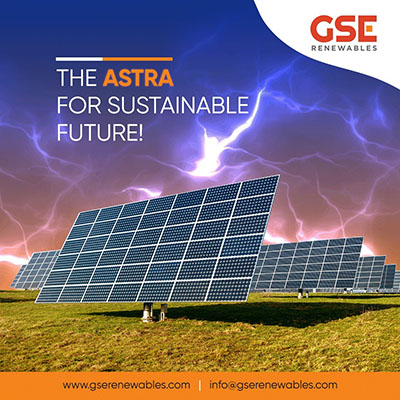500 kW Solar Power Plant Cost in Gujarat: Complete Price & Savings Guide
Nov 26

Due to the growing need for sustainable energy solutions, agrivoltaic farming is referred to as the best solution to generate energy by installing solar panels on farms. The process of installing solar panels for farming allows the simultaneous cultivation of crops and generation of solar energy on the same land.
GSE Renewable Energy offers best solar farm solutions tailored to meet unique needs of India’s farming communities. By implementing agrivoltaic farming systems, GSE enables farmers to harness the benefits of solar panels for farming. In this blog, we explore how solar farm solutions are transforming agricultural landscapes, boosting productivity.
Agrivoltaics farming involves the strategic installation of solar panels on farms. Solar panels for farming provide partial shading, which can reduce soil moisture evaporation and shield crops from extreme weather conditions. This can improve crop yields and quality. The research demonstrated that agrivoltaic farming can increase land-use efficiency by up to 70%, producing more combined output than separate agricultural and solar operations.
GSE Renewable Energy offers various solar farm installation designs to suit different agricultural farming needs:
Agrivoltaics is the practice of using the same land for both solar energy generation and agriculture. It enables a solar panel farm to coexist with crops, livestock, or pollinator habitats, optimizing land use.
Agrivoltaic farming, defined as combined use of land for both agriculture and solar energy generation. This approach allows for the co-location of crop cultivation or livestock grazing with photovoltaic systems, optimizing land use and resource efficiency.
Agrivoltaic farming enhances land-use efficiency & maximizing land productivity. Partial shading from solar panels can boost crop yields. These systems also reduce soil moisture evaporation, minimizing irrigation needs
Monofacial panels, which capture sunlight from one side, are widely used in solar farms due to their affordability and reliability. The best option depends on factors like installation design, location, and energy needs.
